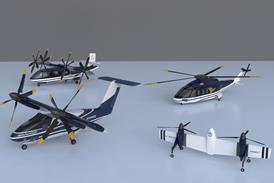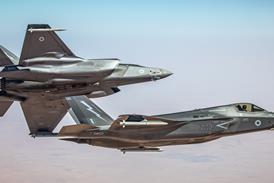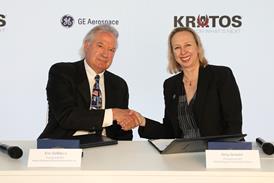The Anglo-Italian EH Industries EH101 Cormorant helicopter has been cleared for operations in full icing conditions after the completion of exhaustive test flights in severe weather in Canada.

"We have the icing release and are preparing to issue it to the Canadians," says Westland chief test pilot Jerry Tracy. The first Canadian Forces Cormorant will be delivered in February.
"At some point during the tests we had 175mm [7in] of ice on the nose and fairings, but nothing on the blades," says Tracy. The flight trials totalled over 125h during periods of weather that were often so bad "that nothing else was flying," adds Tracy.
A total ice accumulation of almost 1.3m was built up during 29 of the most difficult sorties between early November last year and the end of April. The cleared envelope includes flights at maximum take-off weight up to 150kt (280km/h) and a maximum altitude of 10,000ft (3,050m).
Tests covered total failure of the full inboard and outboard blade electrical de-icing system, as well as individual element failures. "We were looking to see how much torque rise we got in icing. We did get a rise of around 20% in maximum icing, but in general we didn't get near critical levels," he adds.
Further icing trials are set to take place later this year with a UK Royal Navy production-standard EH101 Merlin. These will be aimed at gathering more test data between –20°C (24°F) and –30°C, and to check that ice damage found on the tail during trials was caused by ice shedding from inspection cameras.
Source: Flight International




















